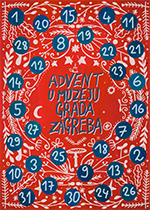Exhibition concept: Boris Mašić
Exhibition design: Boris Mašić, Miljenko Gregl
Poster design: Miljenko Gregl
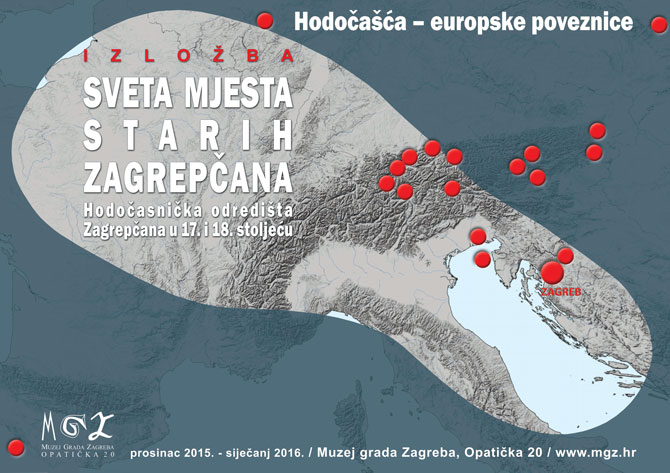
Ever since the earliest times, when human beings began to look wonderingly at the world around them and as conscious creatures to seek the meaning of being, beliefs in the supernatural and the spiritual have been part of every civilisation. They encouraged, strengthened, consoled and above all offered hope. The trust in a better tomorrow, in recovery from illness, in eternal life and in victory are a part of the human constitution. Since in beliefs there are imaginary concepts and symbols that are difficult of understanding to the ordinary man, every civilisation has also had their interpreters. They lay the foundations for, guard and expand these beliefs in the cult sites associated with the events on which the cult is founded. And so every visit made to any such place is a kind of pilgrimage.
The exhibition Sacred places of old Zagreb people – Pilgrimage destinations of Zagreb people in the 17th and 18th century is the ultimate outcome of a three-year project Pilgrimages – European Links financed by the Ministry of Culture of the Republic of Croatia. It is based on the fact that from the two Zagreb historical locations, Dolac and Remete, we had the fortune to inherit 210 specimens of religious medals, seventy or so of them brought to Zagreb during the 17th and 18th centuries from 22 European pilgrimage centres. Among them there were 17 Marian shrines and in Zagreb and the immediate environs there were a multitude of places in which Mary was venerated all telling eloquently of the popularity of the cult of the Blessed Virgin Mary in the population of the time.
Ever since the 15th century, religious medals have been a favourite way of demonstrating one’s piety. Out of the whole category of such devotional objects, those that we call pilgrimage medals because they were made for individual shrines stand out in particular. On the face or reverse they contain depictions of the saint, the miraculous effigy or image that the faithful venerate in the given shrine. From them it is possible to find out which to shrines the believers made their pilgrimages, believers, in our case, from the Zagreb area during the 17th and 18th centuries. They tell us of the places to which the pilgrims made their arduous journeys in order to bear witness to, deepen and refine their faith and their reverence.
In Remete medals were found in graves alongside the church in which, during the 17th and 18th centuries, the inhabitants of the then Paulist monastery and their benefactors were interred. The remaining medals were found in the early 20th century in the crypt of the Church of St Mary at Dolac in Zagreb.
The exhibition is conceived as a kind of map of Europe, on which columnar pedestals symbolise in the ground plan the point or position of the pilgrimage destination on the map. On each of the pedestals, via photographs and writing, the most important facts about a given shrine are explained. For example, at the exhibition the altar of Sonntagberg can be seen, a pictorial depiction of the legend of the miracle that happened thanks to Mary’s intercession at today’s Sveta Gora (Holy Mount) at Nova Gorica, or the miraculous effigy of Mary from Marija Bistrica. Each one of these pilgrimage destinations is backed with a medal brought from it, and the map with the places of pilgrimage indicated upon it is a kind of sublimation of the contents on display.
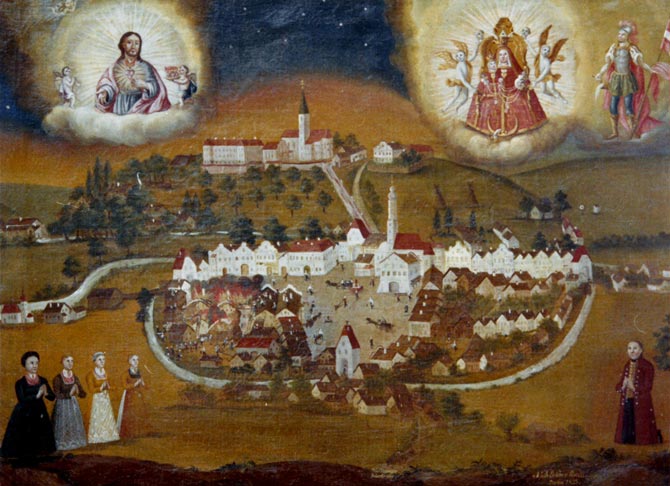
Votive image of 1824 showing Dorfen
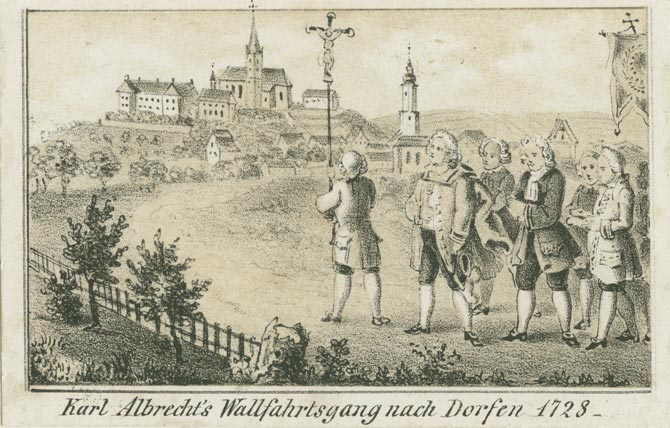
Depiction of pilgrimages to Dorfen of 1728
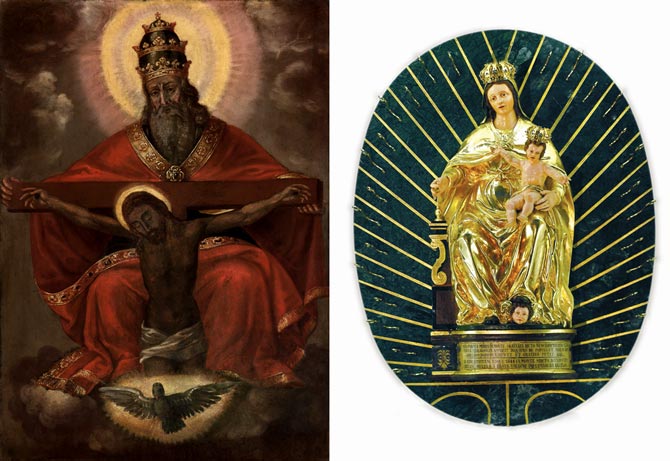
Miraculous image from Sonntagberg The miraculous statue of Our Lady of Sveta Gora,
17th century
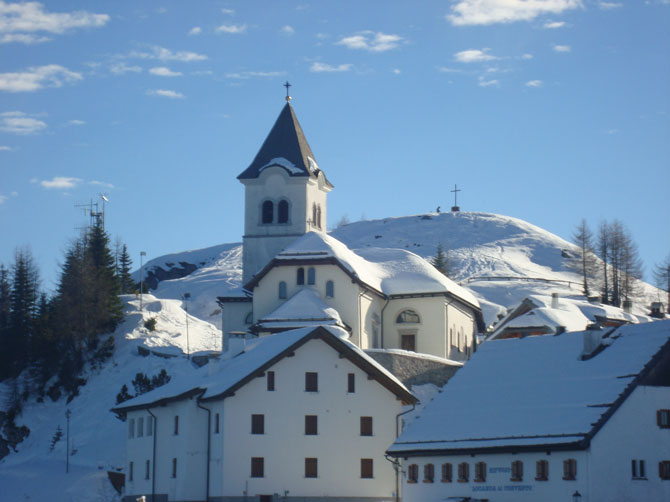
The Shrine of Our Lady of Viszarje/ Montesanto di Lussari / Luschariberg
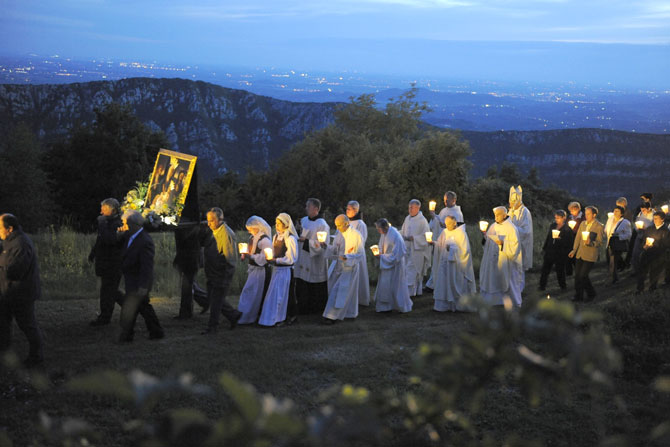
Pilgrims on Sveta Gora by Nova Gorica
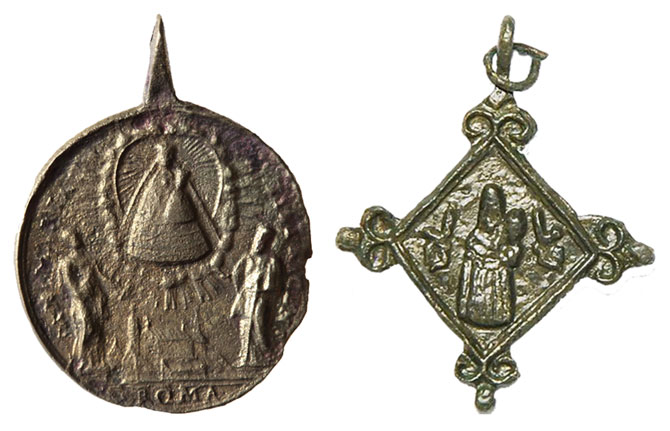
Pilgrimage medal with depiction of Our Lady of Bistrica Medal with a depiction of the Virgin of Loreto
from the graveyard at St Mary’s Church in Dolac, from a grave found by the Church of the Blessed
Zagreb, early 18th century Virgin Mary in Remete, 17th / 18th century
On the day the exhibition was opened, December 3, 2015, a scholarly conference entitled Pilgrimages – European Links took up the history of the pilgrimage, the cultural effects of pilgrimages, historical sources for the study of the phenomenon and comparisons with the Zagreb and Slovene pilgrimage sites of the 17th and 18th century. Papers were read by Dr Zoran Ladić, Dr Ana Azinović Bebek, Darko Knez, MSc, and Branka Molnar, while the moderator was Dr Ivan Mirnik.
Boris Mašić
Pictures from the exhibition
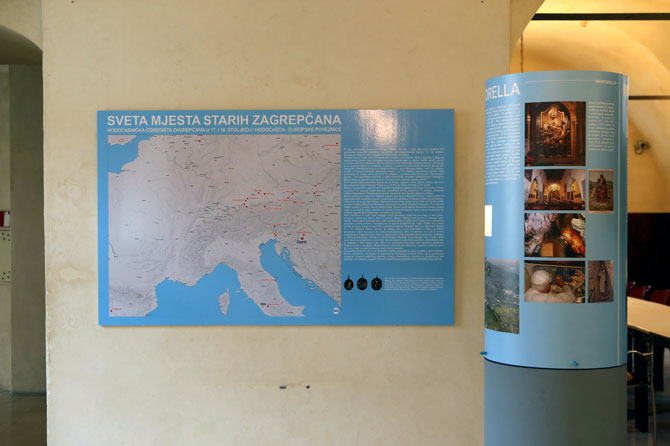
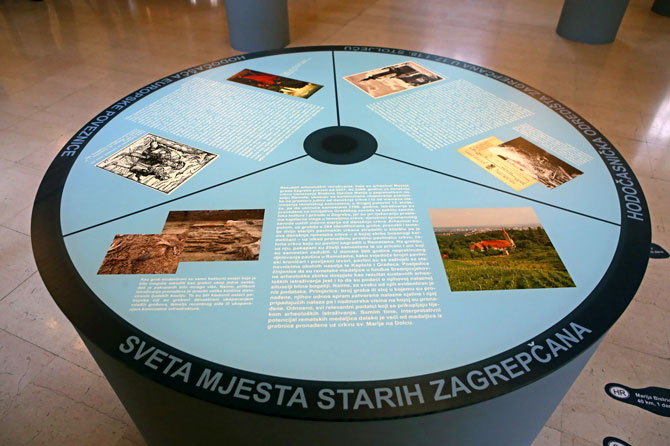
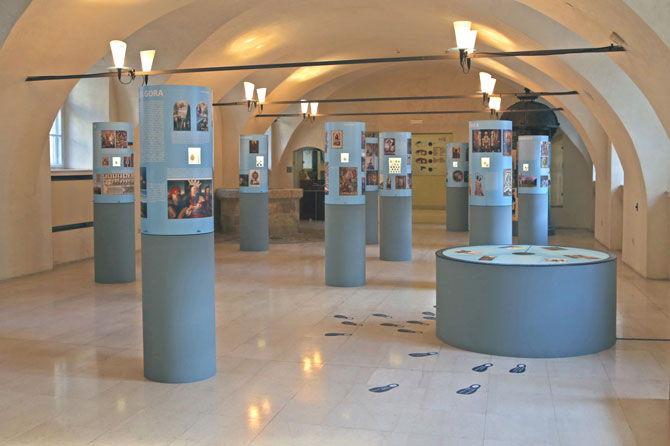
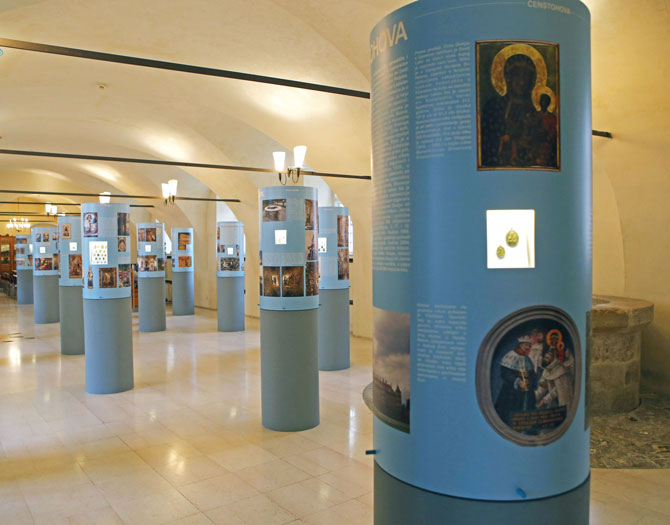
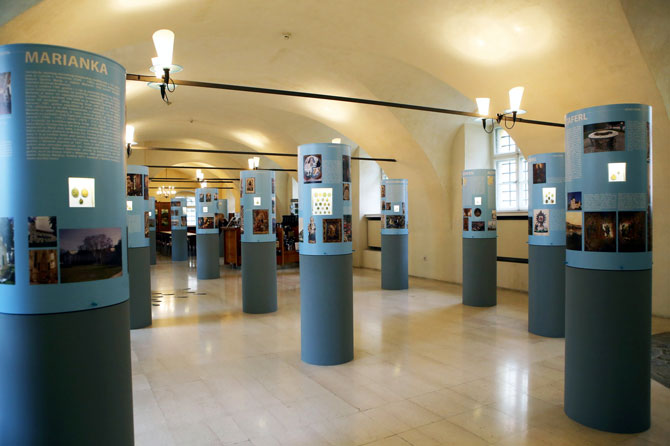
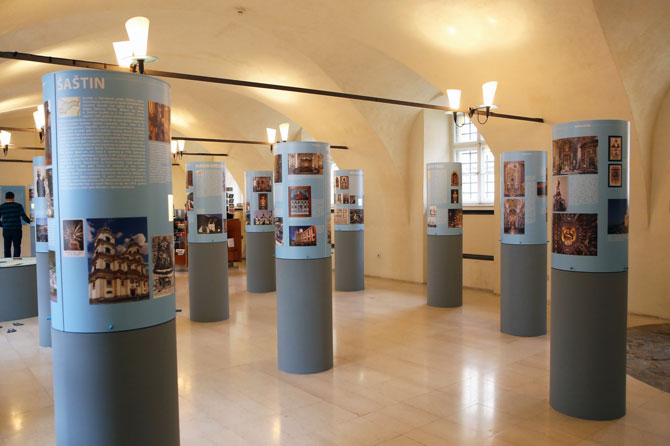
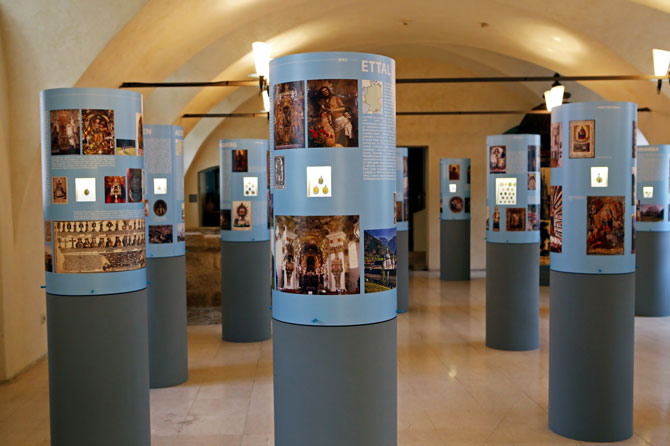
photo Miljenko Gregl, ZCM
 Exhibition catalogue
Exhibition catalogue
Mašić, Boris et al. Sacred places of old Zagreb people : Pilgrimage destinations of Zagreb people in the 17th and 18th century.
Zagreb : Zagreb City Museum, 2015 [2 CD-ROM]
[in Croatian only]
